 This year marks my 23rd year as a professional photographer – exactly half of my life on Earth. In 1991, at the age of 23, I graduated Brooks Institute of Photography in Santa Barbara, receiving my Bachelor of Arts in Commercial Photography, young and enthusiast, eager to set the photo world on fire…at least I hoped.
This year marks my 23rd year as a professional photographer – exactly half of my life on Earth. In 1991, at the age of 23, I graduated Brooks Institute of Photography in Santa Barbara, receiving my Bachelor of Arts in Commercial Photography, young and enthusiast, eager to set the photo world on fire…at least I hoped.
A month later, after sending out 150 resumés around the West with no job offers in return, I figured I might as well start my own business. I pounded the payment, shot self-assignments and had a number of images published from those shoots, and through it all my business slowly grew. There were many months where I wondered how I’d cover my expenses, pay my bills, yet somehow I was able to.
Many over glamorize professional photography, especially travel, assuming you trek the globe simply clicking away with ease while clients pay you. Far from the truth. You suffer, sacrifice, struggle, have successes, disappointments, moments of amazement, times of loneliness, all the while wondering where your next paycheck will come from. Doing this for over twenty years can wear on any person. Sure you attempt to diversify your business, obtain regular clientele, and place as many proverbial eggs in the basket as you can, but with staff turnover prevalent in our industry and an over-saturated market, you consistently fight the battle to be remembered when a photographer or photograph is needed.
Through all of this, I still can’t see myself doing anything else. My hopes were always to lead an extraordinary life, and this goal continues to drive me today. I can’t wait to capture the next image, yet I’m willing to take breaks between shoots to keep myself fresh and hungry. I continue to love photography, whether I’m taking shots with my iPhone and funkifying them to share online, or produce a commercial shoot with lights, models, and a crew for a high-end client. I’m extremely proud of the collection of work I have; to be able to look back at my career in a tangible way is rare. These days I feel I’m at my best, combining my knowledge and experience to handle any job thrown my way, and hope to build on my collection to create some of my best images in the years to come; to use the skills I’ve acquired to be even more creative and to grow as an artist, writer, teacher and businessperson.
As for highlights, well I’ve been lucky enough to be published thousands of times around the world on coves of magazines, books, ads, CD covers and websites. I’ve done segments on tv, captured images with Nikon’s first DSLR way back in 1995, hung out of helicopters, finished two successful books, fought for better rates and contracts for photographers, met many amazing athletes, and had numerous articles appear in most of the major photography magazines. As exciting as these moments were, they don’t show the countless hours of planning, preparation, and execution that went in to making them happen; the stress involved or the responsibility I carried. But no career shows this, it’s part of the deal.
Today, I received a review of my business from a recent client that hit the nail on the head as far as what I try to provide each and every customer. It was a nice reminder of how hard work, honesty, and pride of ownership can pay off:
Sean is a true professional with a great photographic eye. You can’t go wrong using him for any of your photography needs. He immediately contacted me to work out a plan for our photo shoot. He is a great listener and took copious notes so that he fully understood what I was looking for with photographer services. He also interjected his professional opinion when asked, which was a big help because I was relying on his significant expertise. On the day of the shoot, he arrived promptly, set up his equipment and proceeded to execute on every shot on my shot list. Sean was able to shoot both indoor studio shot for my barbecue grill but also outdoor “glamour” shots that had a high degree of commercial appeal. Sean will travel to you, be forth coming about his services, and is very reasonably priced given his decades of experience in photography. Cannot recommend him highly enough.
I can only wonder what the next twenty three years will bring. At that point I’ll be 68, with any luck going strong and sharing my love for the visual world with many. I’m sure there’ll be some suffering, sacrifice, struggles, and success. Hopefully some of that success will come in the form of a great big giant lottery ticket. 🙂 But if it doesn’t, at least I’ll have something money can’t buy- a life well lived.





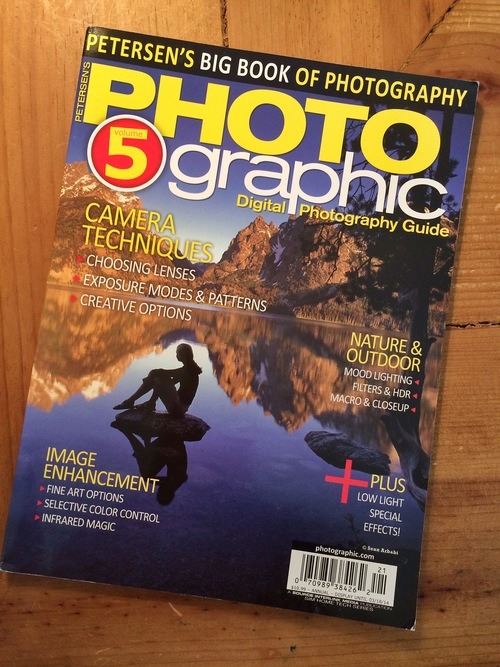
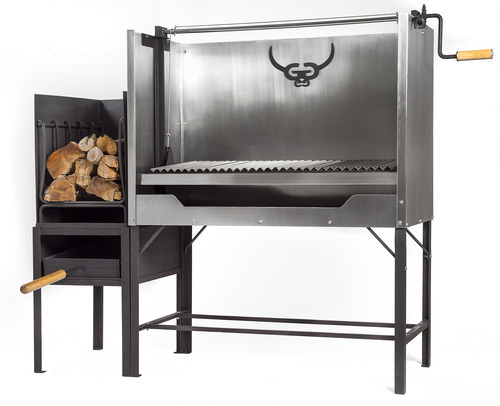





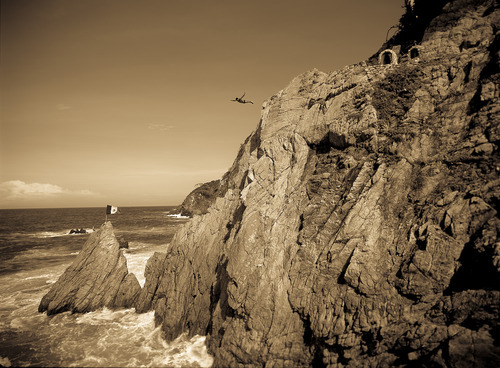
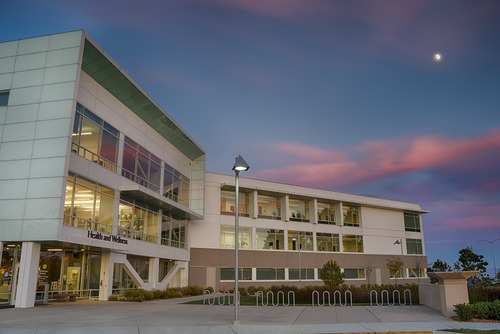

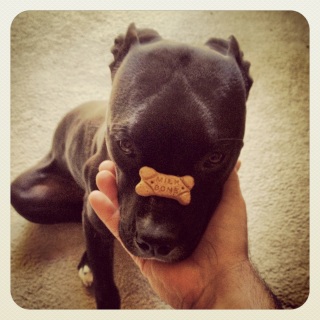


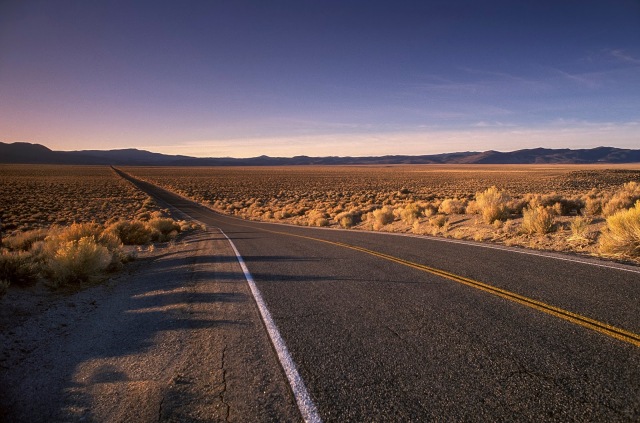





.jpg)

